Major Investments from USFS and CAL FIRE Reduce Wildfire Risk and Spur Wood Innovations
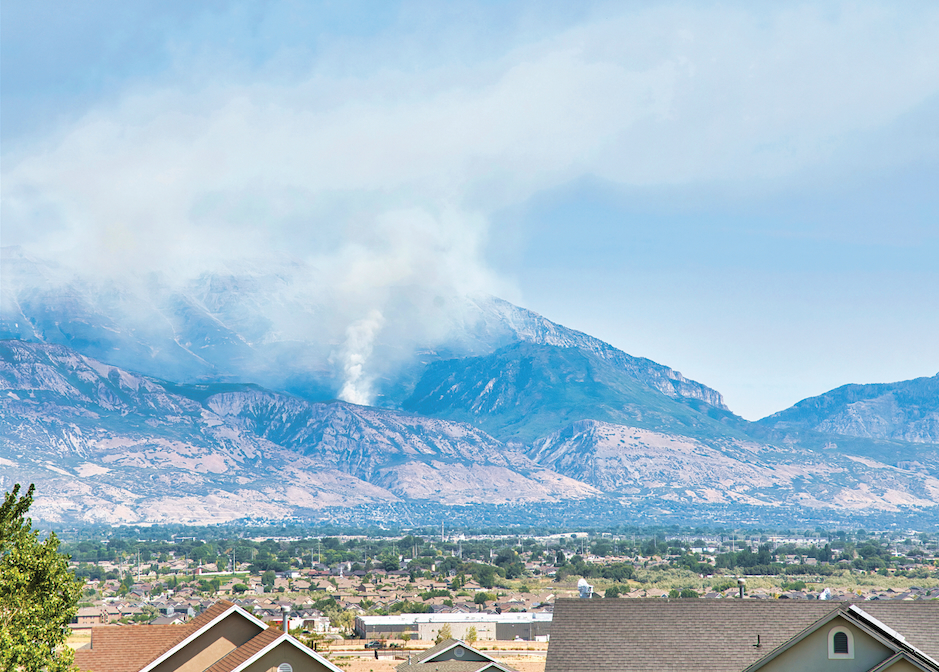
Major Investments from USFS and CAL FIRE Reduce Wildfire Risk and Spur Wood Innovations
California has received a critical boost from State and Federal grants for projects that support community wildfire defense, landscape health, workforce development, and wood products infrastructure. These investments will provide crucial funding for projects that will promote California’s wildfire resilience and climate-forward economy for years to come.
- On May 14 USDA Forest Service announced that California will receive over $40 million in Community Wildfire Defense Grants. The Community Wildfire Defense Grant Program will fund 15 projects across California to assist communities to plan for and mitigate wildfire risks to communities and build critical infrastructure to help confront the nations’s wildfire crisis.
- On May 15, the Forest Service announced Wood Innovations, Community Wood, and Wood Product Infrastructure Assistance funding for 26 projects totaling $12.7 million in California, including three tribal projects. The grants are meant to spark innovation, create new markets for wood products and renewable wood energy from sustainably sourced wood, and increase the capacity of wood processing facilities.
- CAL FIRE recently awarded Forest Health Grants to assist local and regional partners implement projects that span landscapes affected by eight catastrophic fires in the past decade. Beyond ecological resilience benefits, the investments provide jobs and private landowner support, predominantly to rural communities that have been most affected by wildfire.
- CAL FIRE is also supporting the wood products infrastructure with $17 million in Business and Workforce Development grant awards. 20 funded projects will increase capacity for utilizing forest biomass, workforce development and research and development into new uses for forest biomass, increasing the capacity for fuels treatments and helping the State to reach its forest management objectives.
New Online Resources Now Available to Help Prepare for Wildfires
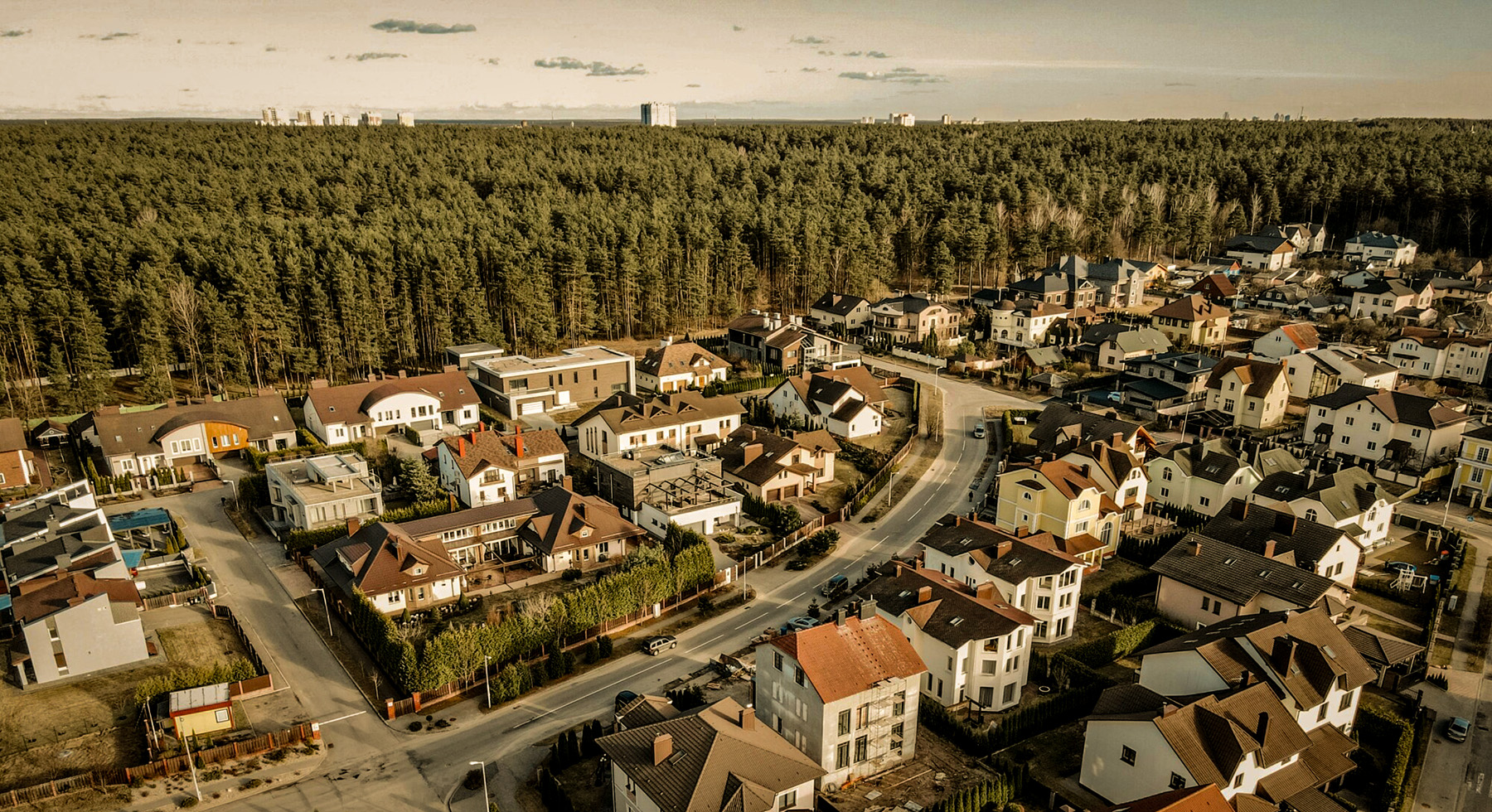
New Online Resources Now Available to Help Prepare for Wildfires
Understanding how best to prepare for wildfire season just got easier with several new, easy-to-navigate online resources that identify low-cost and achievable recommendations to protect yourself, your home and loved ones.
ready.ca.gov: On May 24, Governor Gavin Newsom announced the launch of ready.ca.gov, a new one-stop-shop for Californians to prepare for wildfires and other emergencies. The website is part of Listos California, a state effort that connects communities with resources before, during and after emergencies. The website offers resources and alerts for wildfire and wildfire smoke risks.
firePLANNER: CAL FIRE’s newly updated firePLANNER is a web-based platform that helps residents develop customized readiness plans for wildfire and other emergencies. It also provides information on preparing home and property for wildfire; creating an evacuation plan, including for pets and livestock; and special considerations to keep in mind during a wildfire. Users can also access information on active California wildfires. FirePLANNER is available in both English and Spanish.
wildfirerisk.org: The USDA Forest Service now offers an easy-to-use website to help communities understand, explore, and reduce wildfire risk. It includes interactive maps with the latest data and innovations in vegetation, weather, and fire behavior models, along with updated and improved building footprint datasets, a new funding section to help communities find grants and support for wildfire risk reduction, and a new feature called “Risk Reduction Zones” to help communities see the most effective mitigation activities in different locations.
wildfire defense videos: The Resource Conservation District of the Santa Monica Mountains released a series of wildfire defense videos to serve as an educational hub to provide home-hardening and defensible space information to prepare and defend your property and yourselves against wildfire ignition. The series provides guidance on home hardening, defensible space, fire ecology, and preparedness.
Federal Climate Financial Report Demonstrates Need for Proactive Action on Wildfire Resilience
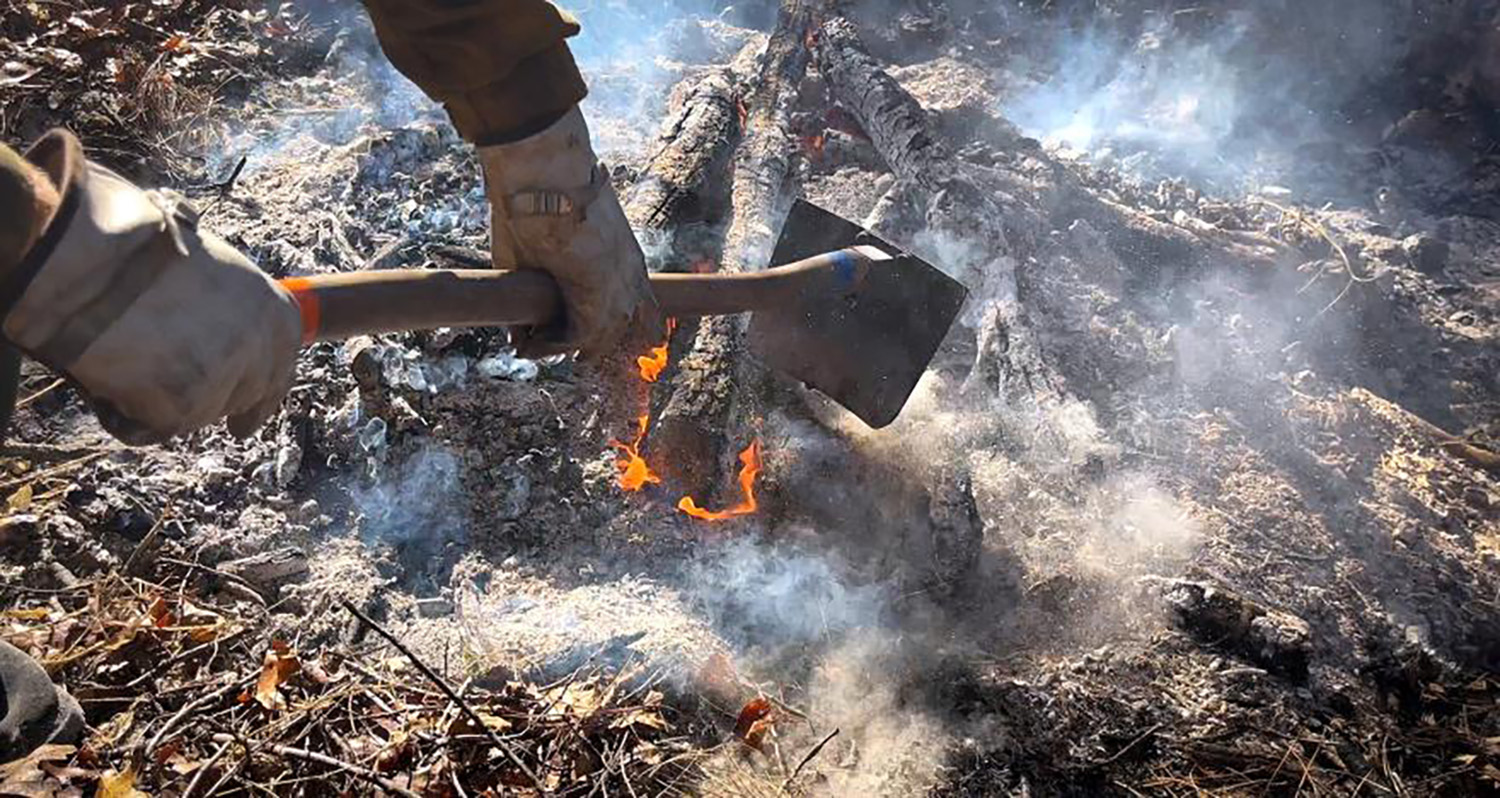
Federal Climate Financial Report Demonstrates Need for Proactive Action on Wildfire Resilience
Over the last decade, suppression has cost the USFS and the Department of the Interior an average of more than $3 billion per year. The Climate Financial Risk report provides estimates for 10 future climate scenarios and a wide range of projections for fire extent and fire suppression spending. A central estimate across the 10 future climate scenarios shows that lands in the National Forest System would experience a near doubling of the area burned by mid-century (2041-2059) and a 42% increase in costs by 2050, to $3.9 billion. Anticipated increased costs of fire suppression due to climate change brings additional urgency to the need for proactive wildfire risk reduction treatments and efforts to protect and prepare communities ahead of wildfires.
Two New Films Showcase Paths to Heal CA’s Relationships with Fire and Watersheds
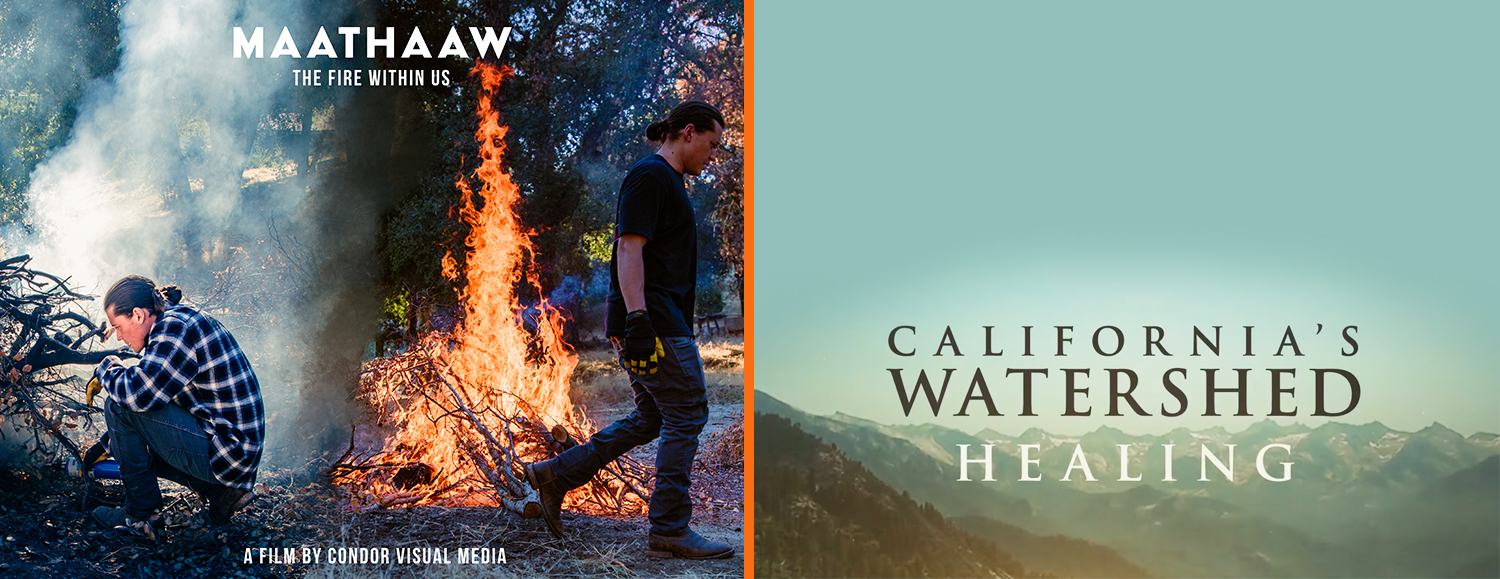
New Films Showcase Paths Forward to Heal California’s Relationships with Fire and Watersheds
MAATHAAW: The Fire Within Us
A powerful, Indigenous-led research documentary created by the Condor Visual Media team with support from the Climate Science Alliance, this film documents the cultural, emotional, and scientific relationships of Southern California Tribes with the gift of fire. The film features cultural practitioners who were part of a panel on Cultural Fire and Indigenous Stewardship at our recent Southern California Task Force meeting. The project is still in production with an anticipated release in Spring 2024. However, you can watch the informative and inspiring 12-minute extended trailer now! Learn more about the project and donate here.
California’s Watershed Healing
Documenting how restoring forests to healthier densities has cascading benefits starting from headwaters to watersheds and ultimately to the state’s water supply, this beautiful film features an array of Task Force partners and makes a compelling case for California to better align goals for forest, wildfire, watershed, and landscape resilience. The full-length film created by UC’s Center for Ecosystem Climate Solutions and the nonprofit Chronicles Group is available to watch here.
Partnered Efforts Will More Than Double Firefighting Capability of Redding Air Attack Base
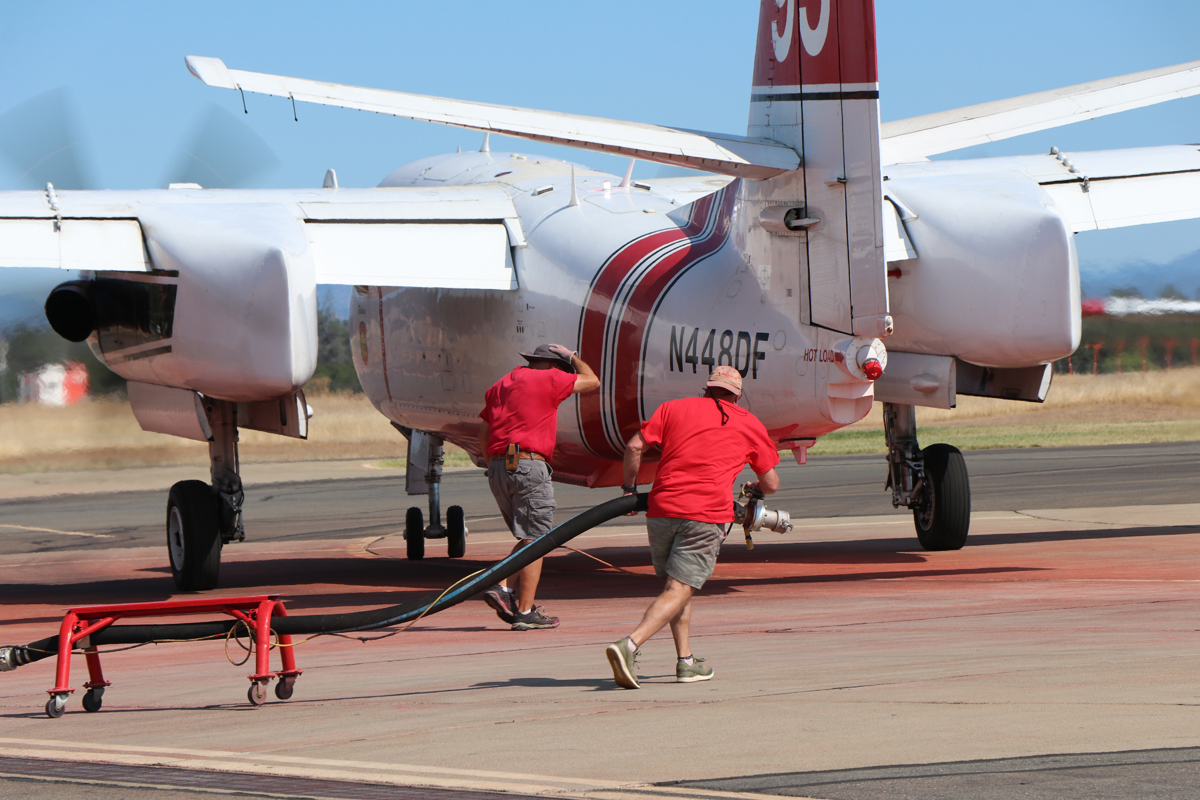
Partnered Efforts Will More Than Double Firefighting Capability of Redding Air Attack Base
On April 25, the US Forest Service and partners, including the Army Corps of Engineers and the City of Redding, will celebrate the completion of Phase 1 in a five-year, $28 million project to expand airtanker loading capabilities by 132% at the Redding Interagency Air Attack Base. The upgrades allow for simultaneous loading of five aircraft, up from two, and increases the base’s fire-retardant loading capacity from 3 million to 6 million gallons. This base is vital in providing initial and extended attack for wildfires across California and the western United States.
US Department of Labor Awards $2.9M for Clean-Up & Recovery After Northern California’s 2021 Wildfires

US Department of Labor Awards $2.9M for Clean-Up & Recovery After Northern California’s 2021 Wildfires
On March 25, the US Department of Labor announced the incremental award of more than $2.9 million to continue supporting disaster-relief employment and employment training services for residents as the state continues to recover from the wildfires that devastated several Northern California communities between July and October, 2021. The grant allows the state to provide temporary jobs for debris removal and forest restoration activities in Lassen, Nevada, Placer, Plumas, Tehama and Trinity counties, including employment and training services for eligible people in the affected areas. This award builds on a previous award from 2022 and brings the department’s total award to California to $5,936,700.
USFS Investments to Help Landowners Access Climate Markets

USFS Investments to Help Landowners Access Climate Markets
On March 15, the USFS announced it is investing nearly $145 million from the Inflation Reduction Act to connect forest landowners with emerging climate markets. This will expand access to markets for underserved and small-acreage forest landowners to address climate change. $32 million will go to organizations with multi-state projects that will impact California.
“Private landowners are key in the fight for climate resilience and forest health,” said Agriculture Secretary Tom Vilsack. “These investments announced today will expand access to markets that were previously out-of-reach, allowing underserved and small-acreage forest landowners to address climate change, while also supporting rural economies and maintaining land ownership for future generations.”
SNC Celebrates 20 Years of Impact and Awards $27.5 Million to Forest Resilience & Community Protection Projects
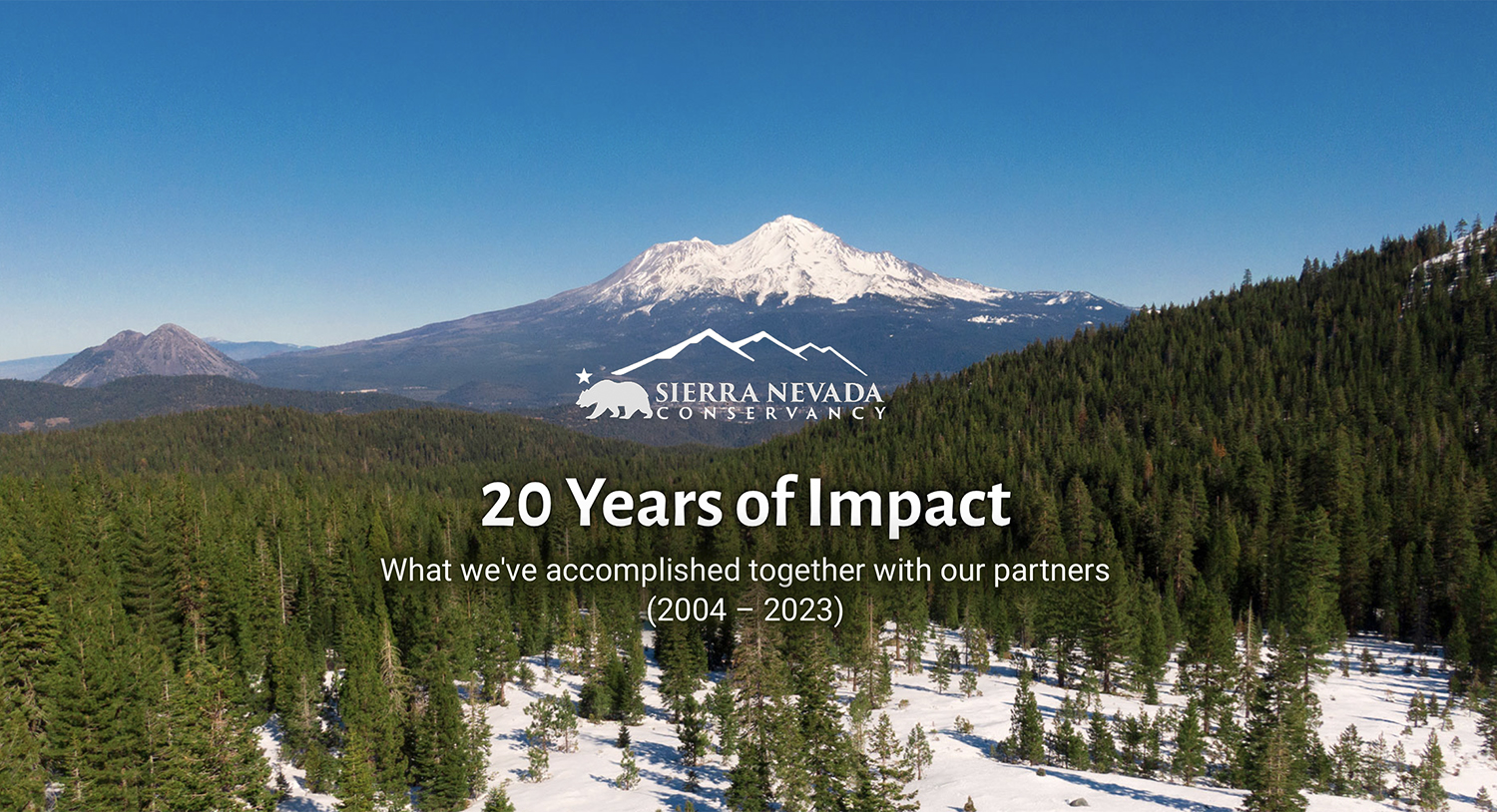
SNC Celebrates 20 Years of Impact and Awards $27.5 Million to Forest Resilience & Community Protection Project
The Sierra Nevada Conservancy (SNC) released a report of accomplishments made with its partners over the past 20 years. SNC is keeping up the good work with the announcement of $27.5 million to 16 different projects that help with the planning and implementation of forest-health efforts that promote recovery and resilience throughout the Sierra-Cascade. Of the 16 projects awarded, eight went to the implementation of shovel-ready projects in Amador, Placer, Plumas, Shasta, Siskiyou, and Tulare counties.
Fire Adapted Communities (FAC) Baseline Assessment Released
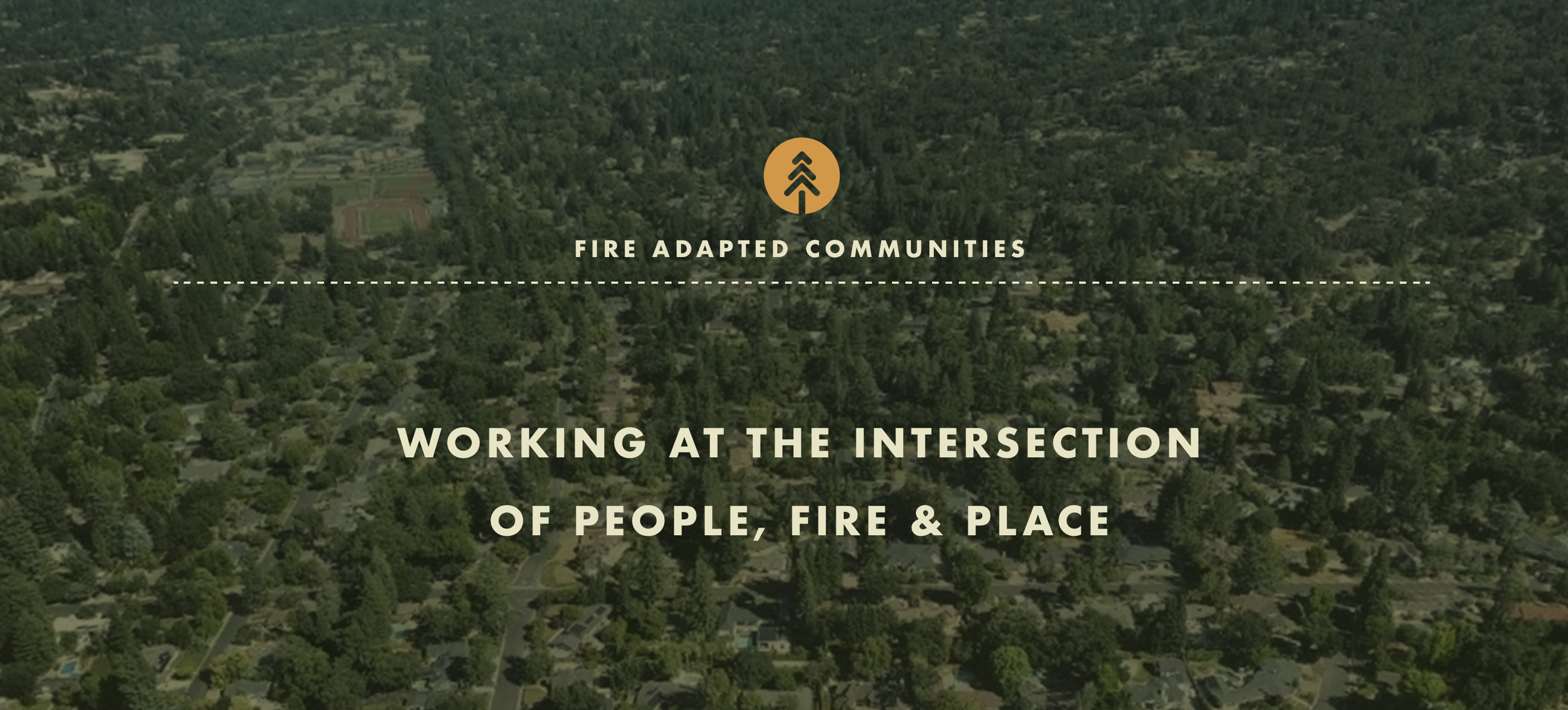
Fire Adapted Communities (FAC) Baseline Assessment Released
The Task Force FAC Work Group released a Baseline Assessment as part of the FAC Roadmap and Dashboard Project. The purpose of the project is to provide a strategic plan for fire-adapted and resilient communities, based on a holistic and shared vision for FAC. The Baseline Assessment documents a broad sampling of the FAC-related research, actions, and efforts being taken across California to identify and address critical gaps to achieving the FAC vision and goals which will be considered for the ultimate Roadmap and Dashboard deliverables to be developed later in the project.
Governor Newsom Introduces 2024-2025 Budget

Governor Newsom Introduces 2024-2025 State Budget Proposal
On January 10, 2024, the Governor introduced a budget proposal that closes a $37.86 billion shortfall while protecting key investments in education, public safety, addressing homelessness, mental health care reform, and climate action. PENDING approval from Dept of Finance With regard to wildfire and forest resilience, the budget proposal maintains most of the previously available $2.8 billion in funding from last year, with a reversion of $100.7 million General Fund for various wildfire programs and an increased funding timeline from 4 years to 5 years.
